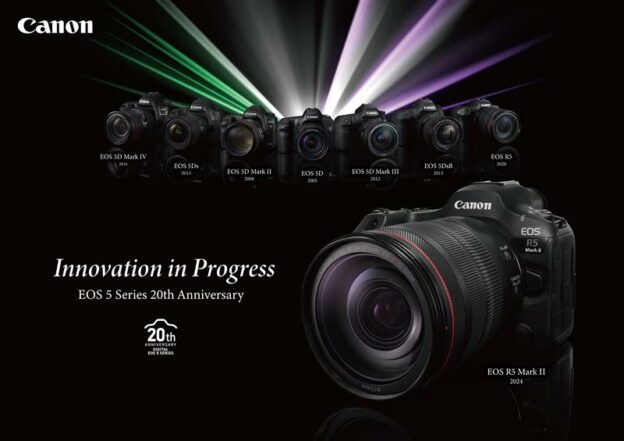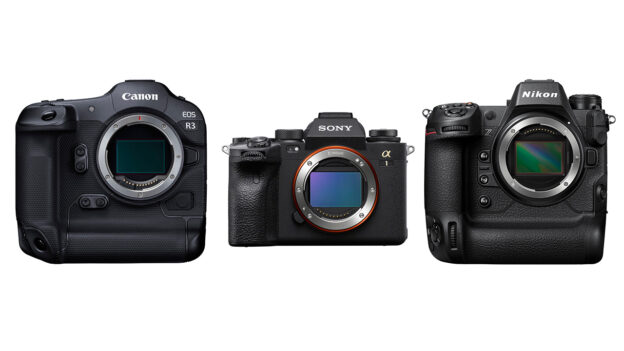Canon India unveiled the EOS C50, Canon’s compact digital cinema camera designed for professional video production at Broadcast India Show.
The Canon booth featured three immersive zones replicating real-world production environments: the Cinema EOS & DILC Zone, the Virtual Production Zone showcasing PTZ and C400 cameras with Cine Servo, and the R50V Zone for digital-first creators. Visitors experienced hands-on workflows across cinema, virtual production, and live broadcasting.
Canon’s product showcase spanned the full spectrum of content creation: the EOS R50V for creators and vloggers, the EOS R5 Mark II for hybrid filmmaking, and the EOS C400, C80, and EOS C50 for high-end cinematic and OTT productions.
Canon India President & CEO Toshiaki Nomura emphasized the company’s commitment to empowering visual storytellers with end-to-end solutions across broadcast, OTT, and cinema. “This year, we are proud to unveil the EOS C50 for the first time in India, alongside our acclaimed Cinema EOS and PTZ camera range. Our comprehensive imaging ecosystem is built to meet the evolving needs of modern production, from virtual sets and VR to live studios and streaming”



